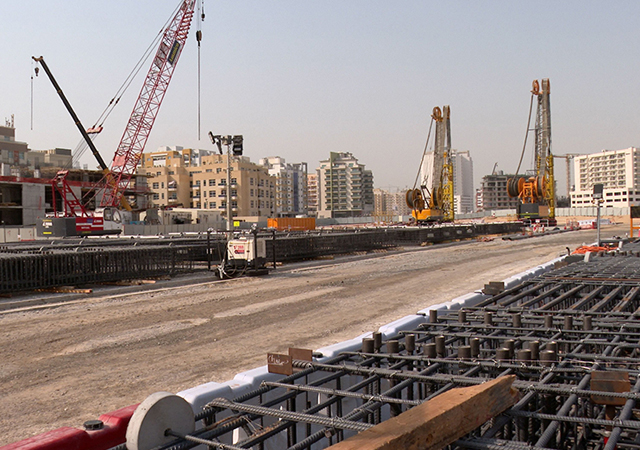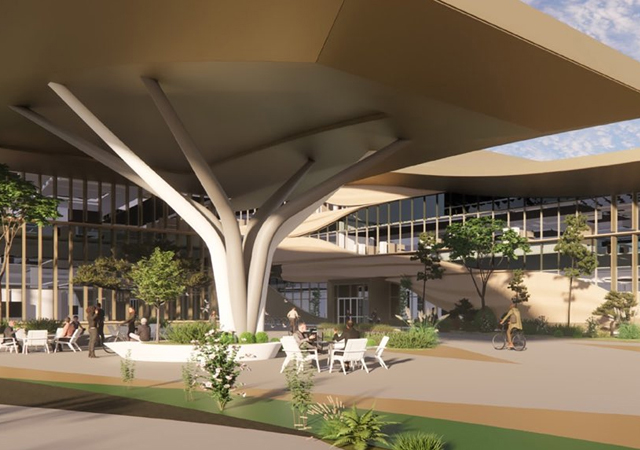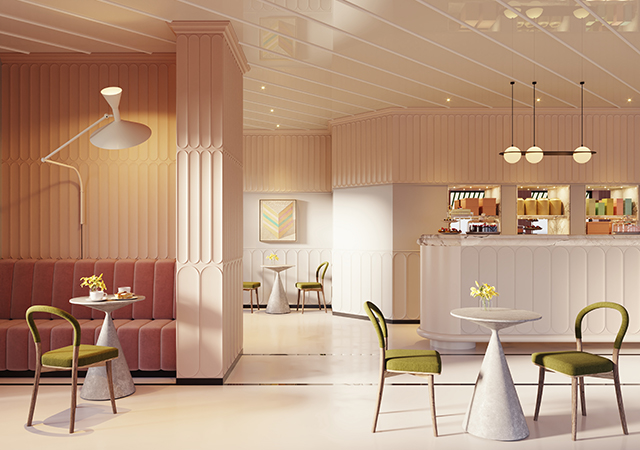.jpg)
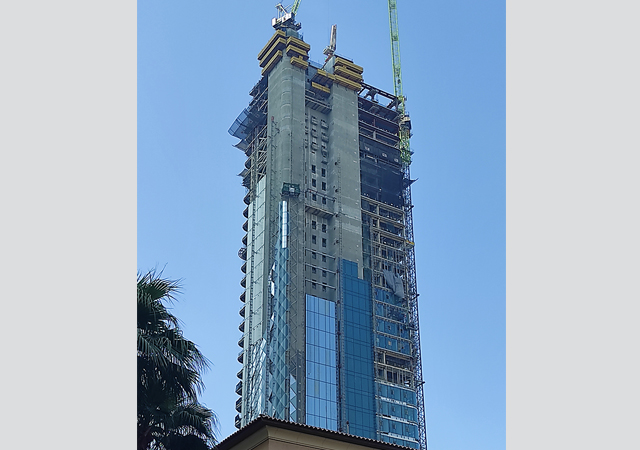 The 39-storey Sensoria Tower in the JBR community of Dubai Marina.
The 39-storey Sensoria Tower in the JBR community of Dubai Marina.
Sensoria Tower, a striking new addition to Dubai’s ever-evolving skyline, has taken a bold step toward sustainable architecture by incorporating state-of-the-art photovoltaic glass in its facade.
Dubai-based FIVE Holdings, the developer of the 39-storey tower in the Jumeirah Beach Residence (JBR) community of Dubai Marina, have embraced Onyx Solar’s photovoltaic glass as a dual-purpose solution that combines aesthetic innovation with environmental performance.
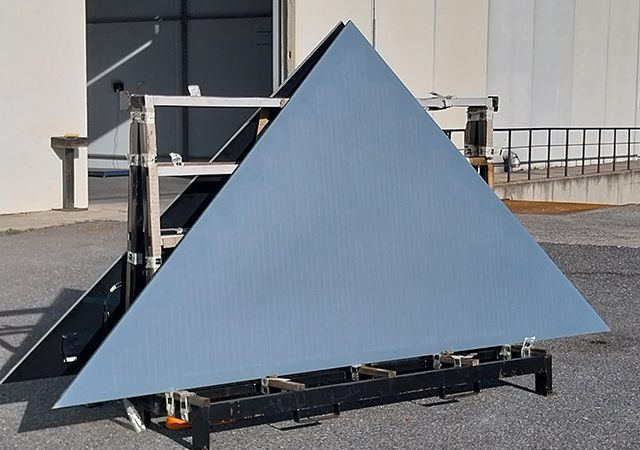 |
|
The visually textured façade of Sensoria Tower is made with coloured photovoltaic triangular material that is 3,280 mm long and 1,643 mm high. |
Onyx Solar, a global leader in photovoltaic glass solutions for building-integrated photovoltaics (BIPV), provided its energy-generating building materials for an innovative 4,400 sq m ventilated façade system installed on Sensoria Tower. Designed to meet the city’s demanding climate conditions, the glass not only generates clean energy but also delivers superior thermal insulation, reducing the building’s reliance on air-conditioning.
Dubai’s extreme heat and intense sunlight posed a key challenge for the tower’s architects and engineers, who sought a solution that could protect occupants from harsh ultraviolet and infrared radiation while contributing to the building’s power supply. The photovoltaic glass, capable of filtering solar radiation, helps maintain cooler interior temperatures, significantly cutting down on energy consumption.
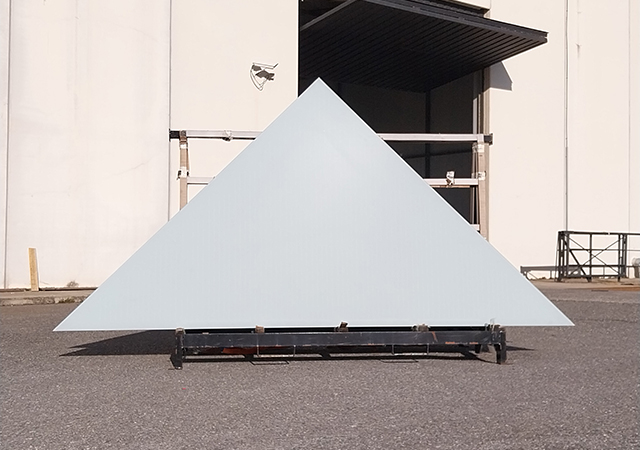 |
|
The visually textured façade of Sensoria Tower is made with coloured photovoltaic triangular material that is 3,280 mm long and 1,643 mm high. |
This laminated safety glass was produced in white and grey colours and incorporates Onyx Solar’s technology and know-how to hide crystalline silicon photovoltaic cells to create pieces with a totally homogeneous surface that harvest a huge amount of clean energy from the sun, according to a spokesman for the company.
Crystalline silicon photovoltaic glass is suited for projects where maximum power output per sq m is required. The power capacity of this type of glass is determined by the number of solar cells per unit, usually offering a nominal power between 100 to 180 Wp/sq m. This varies according to the solar cell density required for the project. Finding the right balance between natural light transmission and nominal power is key to achieving energy efficiency goals,” the spokesman explains.
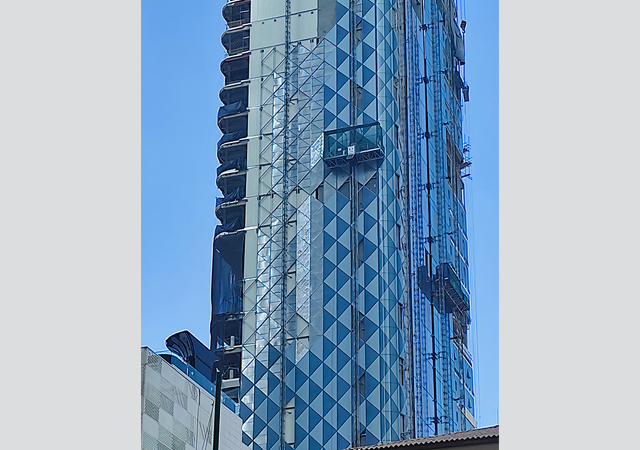 |
|
The 39-storey Sensoria Tower in the JBR community of Dubai Marina. |
The façade was built with triangular-shaped photovoltaic glass panels to create a visually 3D façade that resembled the aesthetic of a large soundproof foam pattern. This visually textured façade is made with coloured photovoltaic triangular material that is 3,280 mm long and 1,643 mm high.
The customisable glass panels have been seamlessly integrated into the tower’s avant-garde design, preserving the building’s sleek aesthetic while enhancing its environmental credentials. The façade now functions as a protective shell and as an active energy generator – an embodiment of bioclimatic architecture.
“Sensoria Tower’s façade is not only an energy generator but also a testament to the future of smart, bioclimatic architecture. The integration of photovoltaic glass in this project serves as a model for future developments in high-end, sustainable architecture in the UAE and beyond,” the spokesman concludes.











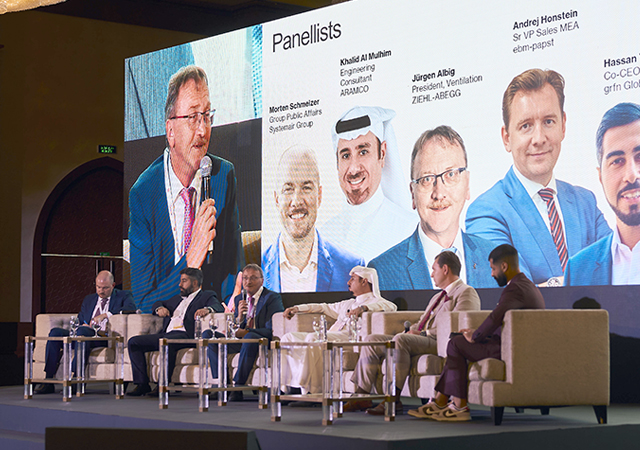





.jpg)
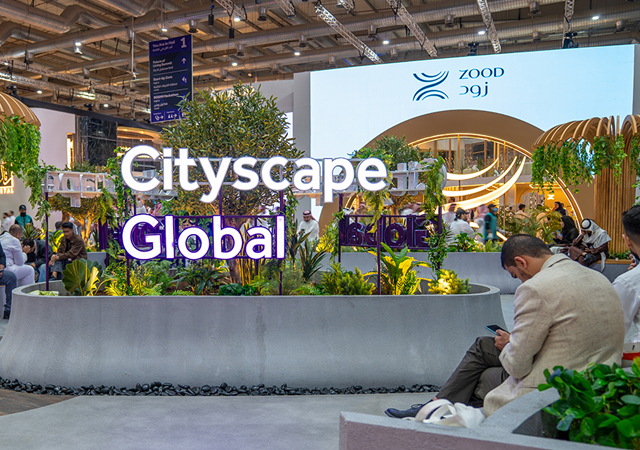










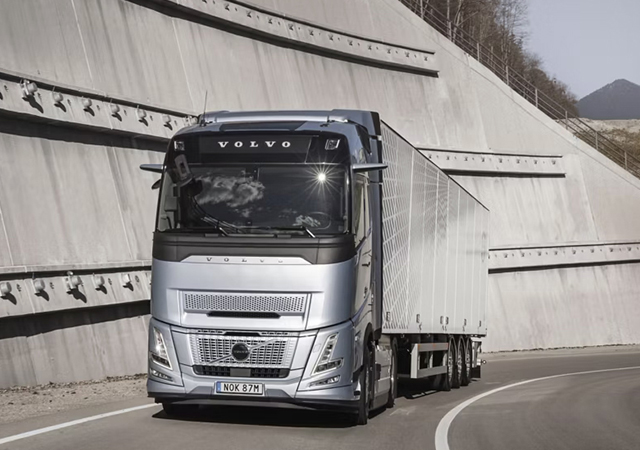

 (1).jpg)

































